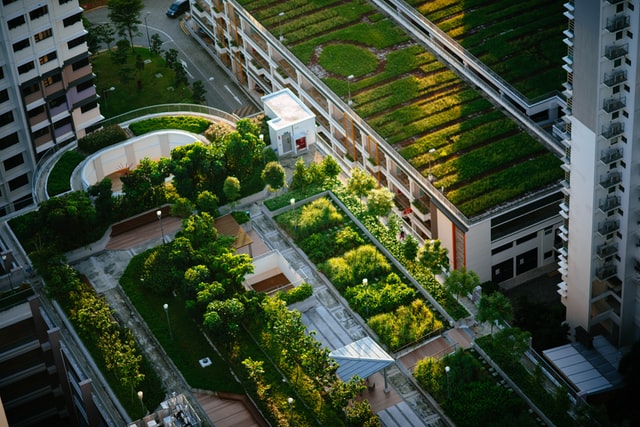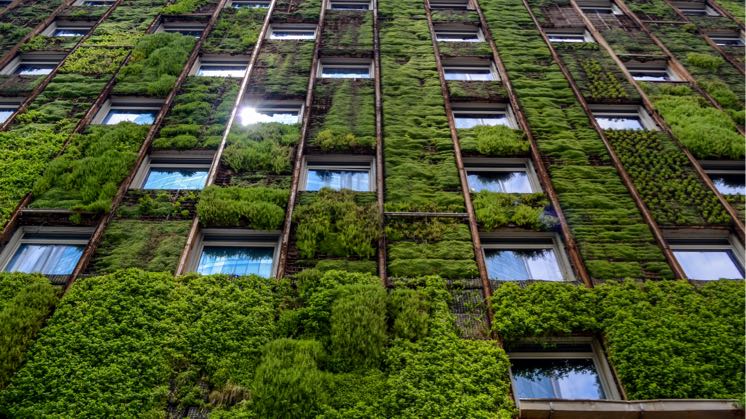
Introduction:
As the world embraces sustainable practices, the integration of water storage solutions into green building designs has become increasingly important. These systems not only contribute to environmental conservation but also enhance the efficiency and resilience of buildings. This article explores how water storage solutions can be effectively incorporated into sustainable building designs, emphasizing their benefits and practical implementation.
Benefits of Water Storage Solutions in Green Buildings:
Water storage solutions in green buildings serve multiple purposes that align with environmental and economic sustainability goals. Firstly, these systems facilitate rainwater harvesting, capturing precipitation from roofs and other surfaces for reuse in various applications such as irrigation, toilet flushing, and even potable water with proper treatment. By reducing reliance on municipal water supplies, green buildings can significantly lower water consumption and alleviate pressure on local water sources.
Secondly, water storage systems contribute to stormwater management by reducing runoff and controlling peak flows during heavy rainfall events. This helps prevent urban flooding and minimizes pollutants entering natural water bodies, thereby improving water quality and ecosystem health.
From an economic standpoint, incorporating water storage solutions can lead to long-term cost savings by reducing water bills and operational expenses associated with traditional water supply and drainage systems. Moreover, in regions prone to water scarcity or where water infrastructure is limited, these systems offer a reliable alternative that enhances the resilience of buildings and communities.
Integration into Sustainable Building Designs:
Integrating water storage solutions into green building designs requires careful planning and consideration of various factors:
System Selection: Choose appropriate water storage technologies based on building size, water demand, climate conditions, and local regulations. Common options include underground tanks, above-ground cisterns, and integrated storage within building structures.
Space Utilization: Design building layouts that optimize space for water storage while maintaining aesthetic appeal and functionality. Incorporate storage tanks into architectural features or utilize rooftop spaces for rainwater collection.
Water Treatment and Distribution: Implement effective filtration and treatment systems to ensure water quality meets required standards for intended uses. Develop efficient distribution networks to deliver harvested water to different building components and end uses.
Integration with Other Green Features: Coordinate water storage systems with other sustainable building elements such as solar panels, green roofs, and passive design strategies to maximize overall environmental performance and energy efficiency.
Monitoring and Maintenance: Establish protocols for monitoring system performance and conducting regular maintenance to ensure reliability and longevity. Educate building occupants on proper use and maintenance practices to optimize water conservation efforts.

Case Studies and Success Stories:
Several green building projects worldwide showcase successful integration of water storage solutions:
One Central Park, Sydney: Features a 250,000-liter rainwater harvesting system that supplies irrigation for vertical gardens and toilet flushing, reducing water demand by 70%.
Bullitt Center, Seattle: Achieves net-zero water consumption through rainwater harvesting and onsite treatment, meeting all water needs within the building without relying on municipal supply.
BedZED, London: Utilizes rainwater harvesting for toilet flushing and irrigation, contributing to overall water conservation and sustainability goals.
Conclusion:
Incorporating water storage solutions into green building designs is essential for promoting sustainability, resilience, and resource efficiency in urban development. By harnessing rainwater and managing stormwater effectively, these systems not only reduce environmental impact but also enhance the economic viability and long-term performance of buildings. Moving forward, continued innovation, regulatory support, and public awareness are key to scaling up adoption and maximizing the benefits of water storage solutions in green building practices globally.


